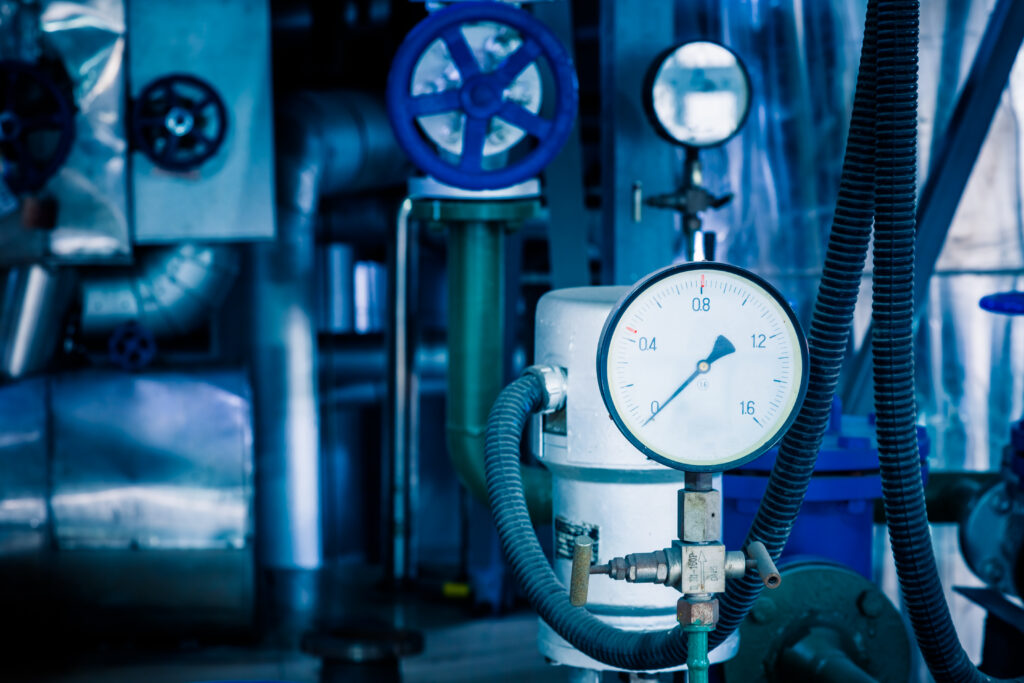In industries where fluid flow measurement is critical—such as oil and gas, water treatment, pharmaceuticals, and chemical manufacturing—ultrasonic flow meter calibration have become essential tools. These advanced devices offer non-invasive, highly accurate measurement of flow rates by using the principles of sound wave propagation. However, like all precision instruments, their accuracy depends on regular and correct calibration.
Calibration of ultrasonic flow meters is not just a technical requirement; it is a key component in maintaining operational efficiency, ensuring product quality, and meeting regulatory compliance. This article explores the fundamentals of ultrasonic flow meter calibration, why it matters, how it’s performed, and best practices to follow.
What Is an Ultrasonic Flow Meter?
An ultrasonic flow meter measures the velocity of a fluid using ultrasonic sound waves. It typically works on one of two principles:
- Transit-Time (Time-of-Flight): Measures the difference in time between ultrasonic pulses sent in the direction of flow and against it. It is suitable for clean or mildly dirty liquids.
- Doppler Shift: Measures the frequency shift of sound waves reflected off particles or bubbles in the fluid. It is used for dirty or aerated fluids.
Ultrasonic flow meters are highly favored for their non-invasive nature, as they can be clamped onto the outside of a pipe, reducing the need for pipe modifications or interruptions in the process flow.
Why Is Calibration Important?
Despite their high accuracy, ultrasonic flow meters can drift over time due to factors such as:
- Sensor aging
- Temperature fluctuations
- Pressure changes
- Pipe condition alterations (e.g., scaling or corrosion)
Calibration ensures that the meter continues to provide precise readings by comparing and adjusting its measurements against a known standard.
Key benefits of calibration include:
- Improved accuracy: Critical for processes where precise flow measurement impacts quality and safety.
- Regulatory compliance: Many industries require regular calibration as part of quality assurance protocols (e.g., ISO, NABL, or other standards).
- Cost savings: Prevents under- or over-measurement that could lead to financial losses or resource wastage.
- Data reliability: Ensures the data used for analytics, reporting, and decision-making is trustworthy.
When Should You Calibrate an Ultrasonic Flow Meter?
Calibration frequency depends on the application, usage, and industry standards. Common guidelines include:
- Annually for standard industrial applications
- Quarterly or semi-annually for high-precision or regulated environments
- After major repairs or reinstallation
- When performance issues arise, such as inconsistent readings or deviations from expected flow rates
Some advanced flow meters also include self-diagnostic tools that alert users when calibration may be needed.
How Is Ultrasonic Flow Meter Calibration Performed?
There are two main approaches to calibrating ultrasonic flow meters:
1. In-Situ Calibration (On-site)
This method involves comparing the flow meter readings against a known reference or master meter while the meter is in its working environment.
Advantages:
- No removal of the meter from the system
- Minimal disruption to operations
Tools used: Master meters, portable calibrators, flow provers
Challenges: Requires skilled technicians and sometimes only verifies, rather than adjusts, calibration
2. Laboratory Calibration (Off-site)
In this method, the meter is removed and sent to a certified calibration laboratory equipped with a calibration rig and traceable standards.
Advantages:
- High-accuracy calibration with controlled conditions
- Full adjustment possible
Challenges:
- Downtime due to meter removal and transport
- Not ideal for large or fixed meters
Both methods are valid, and the choice depends on industry needs, required precision, and operational limitations.
Accreditation and Standards
Calibration should always be carried out in compliance with recognized standards. Accredited laboratories (such as NABL in India or ISO/IEC 17025 globally) offer traceability to national and international measurement standards.
These certifications ensure:
- Accuracy and repeatability of measurements
- Use of properly calibrated reference instruments
- Skilled and trained calibration professionals
- Transparent documentation and traceable records
Challenges in Ultrasonic Flow Meter Calibration
While ultrasonic meters are advanced and accurate, calibration presents specific challenges:
- Pipe size and material: Affects how ultrasonic waves propagate
- Fluid properties: Changes in temperature, viscosity, and density can affect readings
- Installation conditions: Misaligned or improperly installed sensors can lead to incorrect results
- Low-flow conditions: Ultrasonic meters may struggle with very low flow rates or intermittent flows
Addressing these factors through proper installation, regular maintenance, and correct calibration techniques is essential for accuracy.
Best Practices for Calibration
To ensure effective calibration, consider these best practices:
- Use accredited labs or certified technicians
- Keep a calibration schedule and log for each instrument
- Check and maintain sensor alignment regularly
- Use calibration equipment traceable to national standards
- Perform periodic performance checks using portable calibrators
- Document and archive all calibration data for audits and analysis
Conclusion
Ultrasonic flow meter calibration play a crucial role in accurate fluid measurement across diverse sectors. However, even the most sophisticated device requires regular calibration to maintain precision and reliability. By investing in professional ultrasonic flow meter calibration, businesses ensure they are operating efficiently, meeting regulatory standards, and protecting the integrity of their data.


